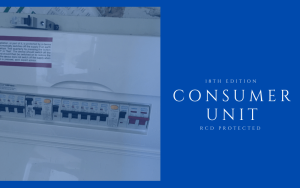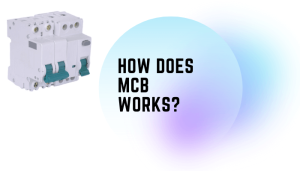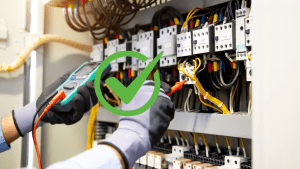Electrical Installation Condition Reports (EICRs) serve as a critical tool in assessing the safety and compliance of electrical systems within residential, commercial, and industrial properties. These reports, mandated by evolving regulations, provide an objective record of the current state of electrical installations. By systematically identifying faults and potential hazards, EICRs help property owners and managers mitigate risks. Understanding their structure and process is essential for maintaining both legal compliance and operational safety—yet many remain unaware of key considerations.
Key Takeaways
- An Electrical Installation Condition Report (EICR) assesses the safety and compliance of a property’s electrical systems with current regulations.
- EICRs identify deterioration, damage, or non-compliance that could pose electrical hazards or fire risks.
- The inspection includes both visual checks and electrical testing of circuits, earthing, and protective devices.
- Reports categorize any defects found, assign severity codes, and recommend necessary remedial actions.
- EICRs are required for legal, insurance, and safety compliance, with frequency depending on installation age and property type.
Understanding the Importance of EICRs
An Electrical Installation Condition Report (EICR) is a critical document designed to assess the safety and integrity of a property’s electrical systems following the latest IET Wiring Regulations. Its primary function is to identify deterioration, damage, or non-compliance that may compromise safe operation.
Faulty wiring remains one of the leading causes of electrical fires, making systematic inspection essential. Regular EICRs serve as a preventative measure, ensuring cables, switches, and sockets remain within prescribed safety parameters.
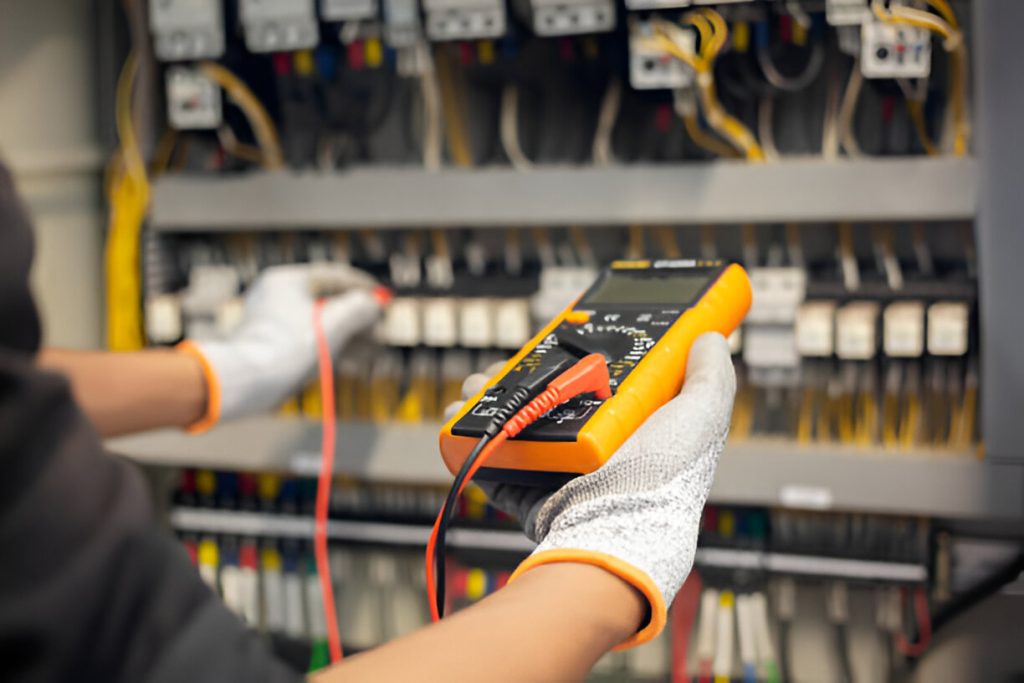
Neglecting such assessments increases liability, exposes occupants to risk, and may contravene statutory regulations. Insurers and regulatory bodies often require evidence of recent inspection to validate safety compliance.
Ultimately, periodic EICRs help protect property assets, safeguard occupants, and ensure adherence to legal and technical standards.
Identifying the Age of Your Electrical Installation
Accurate identification of the age of an electrical installation is fundamental for determining inspection intervals and assessing compliance with current safety standards. Objective analysis involves examining physical indicators such as cable types—black rubber-coated, lead, or fabric insulation, all phased out by the 1960s—alongside the presence of fuse boxes with wooden backs or cast iron switches, which signal legacy installations.
Older installation features, including round pin sockets, braided flex, and brown or surface-mounted switches, further assist in chronological categorization. The location of light switches, particularly within bathrooms, can also indicate earlier standards.
Recognizing these elements enables a precise assessment of potential non-compliance and the necessity for more frequent EICR inspections, supporting adherence to regulatory requirements and the maintenance of electrical safety.
What Does an EICR Involve?
During an Electrical Installation Condition Report (EICR), a qualified electrician systematically evaluates the integrity and safety of an electrical system in accordance with current IET Wiring Regulations. The process encompasses a detailed visual inspection and rigorous testing of circuits, protective devices, and distribution equipment. The electrician identifies non-compliances, defects, potential hazards, and deviations from regulatory standards. Attention is given to insulation resistance, polarity, earthing arrangements, and protective bonding. Observations are coded based on severity, ensuring prioritisation of remedial actions. Documentation of findings is comprehensive, supporting regulatory and insurance requirements. The following table summarises fundamental inspection elements:
| Inspection Aspect | Purpose |
|---|---|
| Visual Assessment | Detects visible defects and damage |
| Electrical Testing | Verifies circuit integrity and safety |
| Report Documentation | Records findings and compliance status |
Types of Electrical Condition Reports
Electrical condition reports are categorised primarily into visual condition reports and periodic inspection reports, each serving distinct regulatory and safety purposes. A visual condition report is limited to a non-invasive inspection, assessing visible aspects of the installation such as wiring, sockets, and switchgear for signs of deterioration or damage, without any electrical testing.
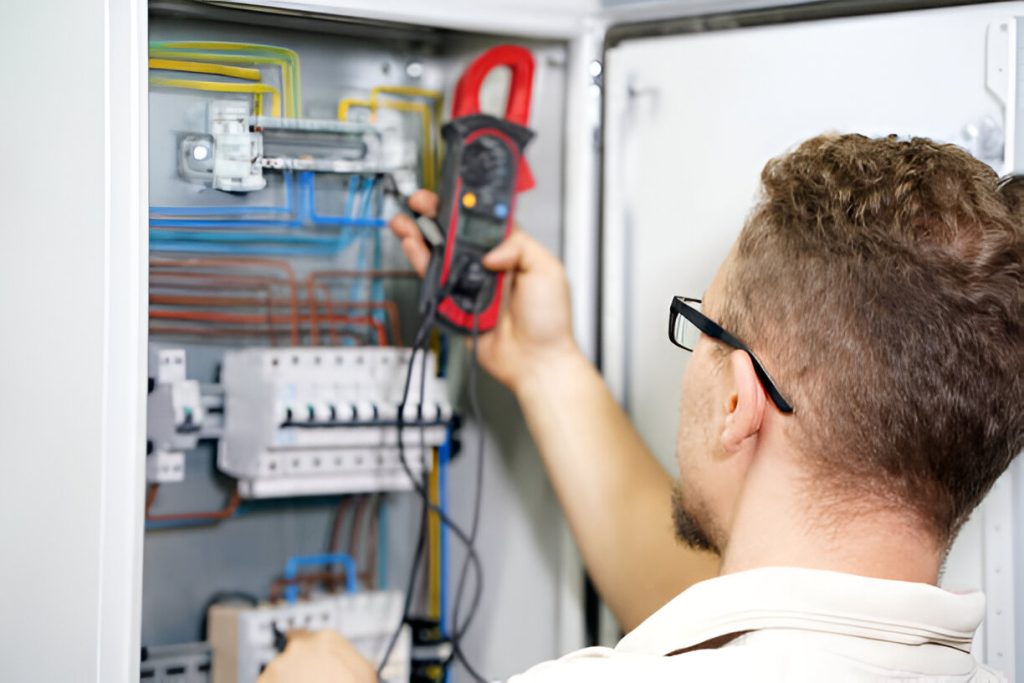
While suitable for interim checks or newer installations, it does not provide comprehensive assurance of safety or compliance. In contrast, a periodic inspection report—commonly referenced as an Electrical Installation Condition Report (EICR)—involves both visual examination and extensive testing of fixed electrical systems.
This includes insulation resistance, polarity, earth continuity, and protective device operation, ensuring compliance with the IET Wiring Regulations (BS 7671). Periodic inspection reports are essential for verifying ongoing electrical safety and legal conformity.
The EICR Testing Process and Duration
How is an Electrical Installation Condition Report (EICR) conducted to ensure both regulatory compliance and occupant safety?
The process begins with a qualified electrical engineer consulting the client regarding operational constraints and sampling requirements.
The engineer then systematically disconnects circuits to perform insulation resistance, continuity, and polarity tests under the IET Wiring Regulations (BS 7671).
Visual inspections are conducted to identify signs of deterioration, overheating, or non-compliance.
The duration of the EICR typically ranges from one to four hours, contingent on property size, circuit complexity, and system accessibility.
Larger or older installations may require additional time due to increased inspection points or challenging access.
Throughout, meticulous record-keeping and adherence to statutory standards underpin the process, ensuring both accuracy and comprehensive compliance assessment.
EICR Results: What Happens Next?
Upon completion of the EICR inspection, the qualified electrician issues a detailed report outlining the condition of the electrical installation. This document categorizes observed defects and non-compliances according to established codes, reflecting their potential impact on safety and regulatory conformity.
Any urgent remedial actions required, such as those posing immediate danger, are identified. Photographic evidence may accompany critical observations to aid in decision-making and compliance verification.
The recipient of the report is responsible for implementing the recommended corrective measures within the prescribed timeframes, typically 28 days for non-urgent issues. Upon satisfactory completion of remedial works, a Certificate of Safety may be issued, providing documented assurance of compliance.
Copies of the report must be shared with relevant stakeholders, including tenants and local authorities, as mandated.
How Often Should You Schedule an EICR?
Determining the appropriate interval for scheduling an Electrical Installation Condition Report (EICR) depends on several regulatory and practical factors, including the property type, age of the installation, and environmental conditions. Regulatory frameworks, such as the IET Wiring Regulations (BS 7671), provide specific guidance.
Domestic properties typically require an EICR every ten years. Rented accommodation mandates inspection every five years or at a change of tenancy.
Older installations or those subject to high usage or environmental stress may necessitate more frequent evaluations.
Adherence to these intervals is essential for compliance, insurance validity, and occupant safety.
- Domestic dwellings: EICR every 10 years or upon change of ownership.
- Rental properties: EICR every 5 years or change of tenancy.
- Special environments (e.g., swimming pools): EICR annually due to increased risk.
Frequently Asked Questions
Who Is Qualified to Perform an EICR?
Determining professional competence for conducting such assessments requires individuals to be fully qualified electricians, possessing current certification, practical experience, and in-depth knowledge of relevant wiring regulations. Regulatory bodies typically endorse or approve these professionals to ensure compliance and public safety.
How Much Does an EICR Typically Cost?
Determining the typical cost for a comprehensive electrical safety inspection involves variables such as property size, installation complexity, location, and access requirements. Prices generally range from £100 to £300, with additional charges possible for larger or more complex premises.
What Happens if My Property Fails an EICR?
If a property is deemed non-compliant following inspection, the responsible party must address the identified defects within a prescribed timeframe. Documented remedial actions and re-inspection are required to ensure regulatory compliance and maintain safety standards for occupants.



